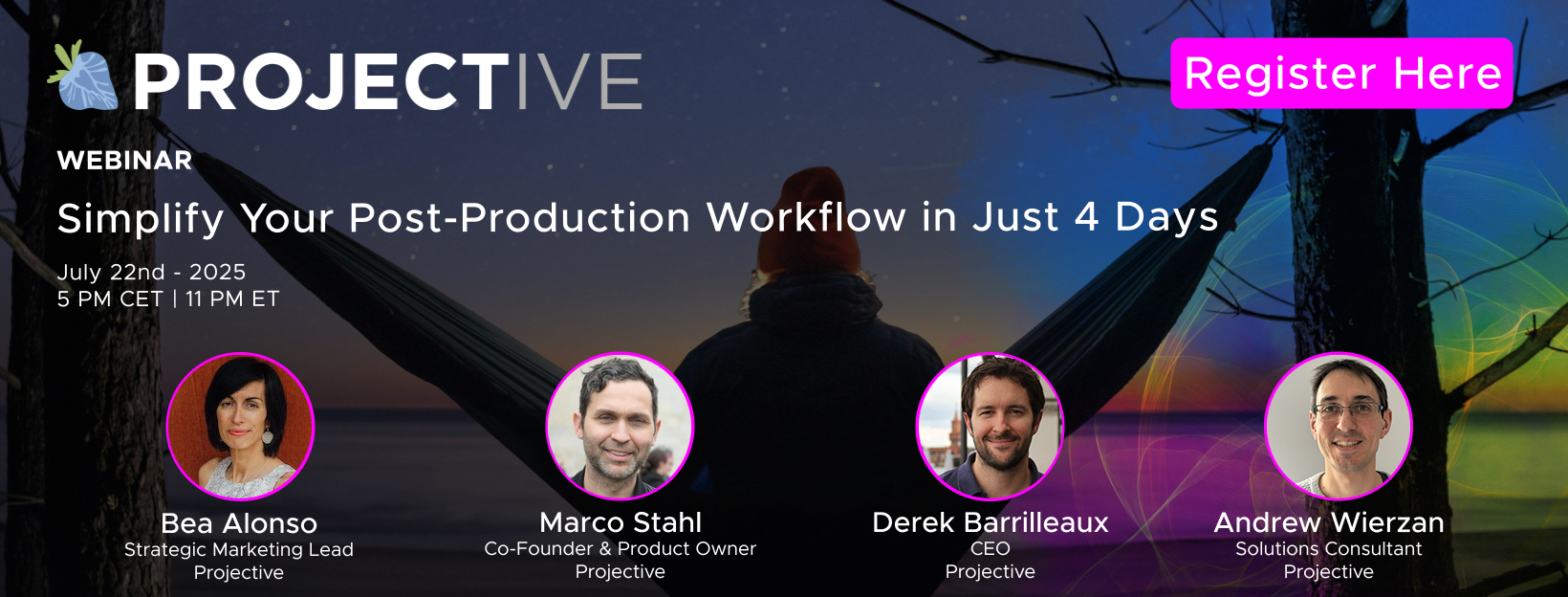The Future is P2P

Posted on Apr 24, 2024 by FEED Staff
Move over CDNs, here comes P2P
With streaming video use growing in every part of our lives, the endless building of new CDNs is becoming an unsustainable proposition. A greener alternative may be staring us in the face
Words by Neal Romanek
Well over half of the traffic on the internet is video delivery. In 2023, a study by Sandvine put the number at 65% of all internet volume.
Video goes beyond Netflix series and Instagram stories – it’s now integral to every part of media and our daily communications.
The result has been the building of more and bigger data centres which require continuous power and cooling.
Delivering video using traditional CDNs also means overprovisioning when anticipating high-profile broadcasts – which usually means over-overprovisioning.
What was once a powerful, flexible way to use public internet to distribute video is running into the same problems of over-centralisation and expanding resource use as almost every other industry.
But waiting in the wings are other tried-and-tested means of delivering video, offering lower power usage and lower cost.
Peer-to-peer (P2P) data delivery has been with us for almost as long as the internet.
While in the popular mind, it can still be associated with file sharing (some readers might be old enough to remember Napster?), the principle underlying P2P is sharing the tremendous untapped potential of devices that surround us on all sides.
Why build a new CDN when you have a planet’s worth of compute power that is mostly lying dormant?
Peer-to-peer to the rescue
French media software company Quanteec has been pioneering ways of using peer-to-peer to stream video for everything from traditional broadcast to major corporate events.
Their technology aims for a video delivery trifecta of lower energy use, higher quality delivery and reduced cost.
Quanteec CEO and co-founder Daniel Négru sees the unstoppable growth of streaming video as a call to arms to find a more sustainable way of distributing video: “What will happen in the future is that more and more viewers will watch streaming video than traditional TV. Either we find a solution for that or we continue with the technology we already have, and explode the number of servers and kilowatt hours being used for it.”
Quanteec’s technology is built on a software addition to the video player an OTT platform deploys to its users. This allows user devices to restream the video currently being watched.
With traditional, centralised CDNs, quality can become undermined as more viewers log on.
In a peer-to-peer set-up, it is reversed – the greater the number of viewers (each of whom has also become a restreamer), the more robust the delivery network.
When, for example, everyone in a country signs in at the same time to watch the season finale of a beloved show, rather than a central CDN coping with a huge number of requests, access to content becomes easier and at less-interrupted quality.
Quanteec’s approach doesn’t do away with CDNs, but through adding the peer-to-peer streaming to delivery, turns the CDN from a central repository everyone is struggling to access into a starting point for seeding content across the audience.
Additionally, peer-to-peer could be a powerful means to provide quality access to video with big populations and limited CDN access. Négru explains: “In regions of the world where there are too many viewers watching content at the same time, the CDN doesn’t have enough bandwidth available. With a multi-criteria algorithm like ours you can keep the same quality and stream to all those people.”
Peer-to-peer distribution can also result in cost savings. Quanteec claims that they charge their clients less than traditional CDN delivery for the same number of terabytes of video distributed.
Saving energy
One of the company’s top metrics for success is energy expenditure.
Of course, restreaming in a peer-to-peer network requires extra energy at the terminal side, but it’s a very small amount, according to Négru.
Using Quanteec’s software, it’s roughly 1% more energy on the side of the device, on top of that already being consumed in the streaming. But it creates significant savings via lowered CDN use.
Quanteec provides customers with a dashboard that lets them estimate how much energy they are saving using peer-to-peer solutions versus traditional CDN delivery.
Customers can get estimates based on three benchmarks: energy consumption stats provided by the International Energy Agency, The Shift Project or Dimpact.
How much energy streaming video actually consumes is still not entirely known. P
rojects like Greening of Streaming, of which Quanteec is a member, are working hard trying to unknot the astonishingly complex problems of just where the energy is spent in the video delivery ecosystem.
But even using conservative numbers, Quanteec users can track notable energy savings on the server side. Quanteec is continuing to develop more accurate ways for customers to measure energy savings.
“While we want to make sure the performance is there, that we can serve more people with fewer servers, on the streaming servers already deployed, we can achieve up to 90% data offload and up to 45% energy reduction.”
The resources in your pocket
For Négru, it’s about using resources more wisely. Being clever about your surroundings isn’t limited to natural ecosystems. He sees a wealth of existing resource sitting idle on everyone’s desks.
“We can continue with the traditional solution of deploying servers everywhere – there are servers deployed under the sea, in the Arctic Circle, we are thinking about colonising the Antarctic to deploy data centres there – or maybe we can use the resources already deployed more intelligently.
“Your smartphone, TV, laptop, tablet have already been produced. Why don’t we use the resources inside those devices and at maximum before deploying new servers all over the world?”
This feature was first published in the Spring 2024 issue of FEED.











